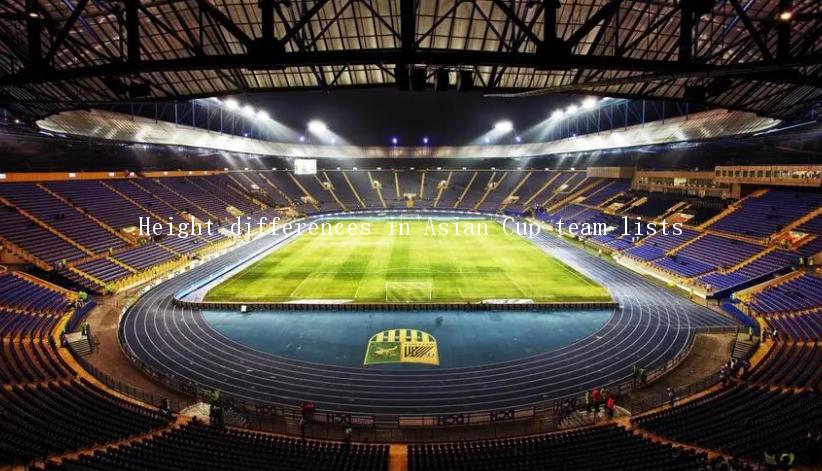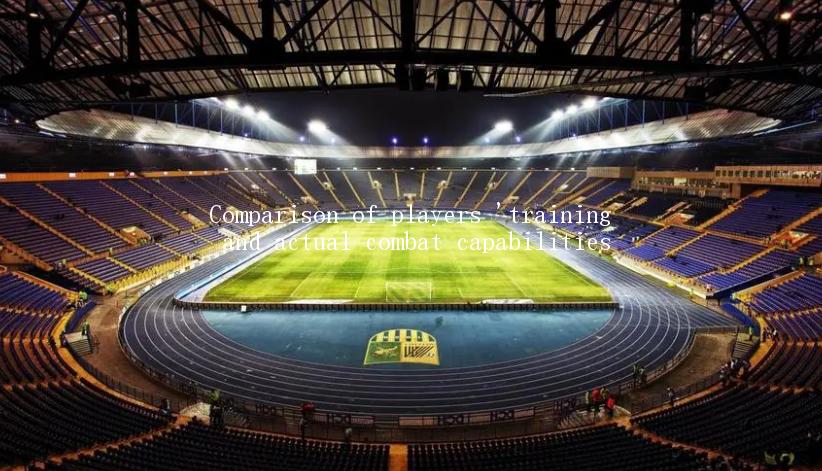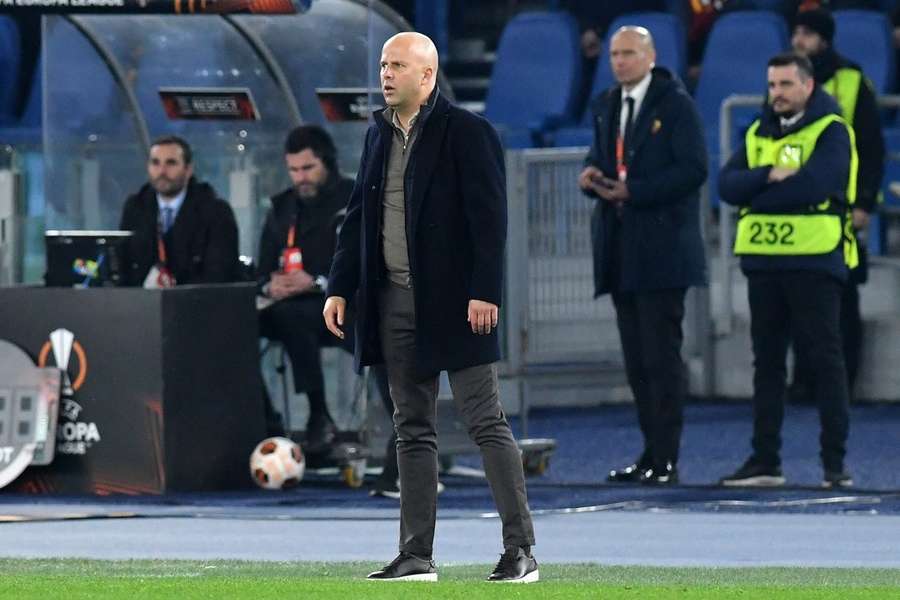Height differences in Asian Cup team lists

The Asian Cup is the highest-level football tournament in Asia and is held every four years. Height differences are a very interesting theme in the Asian Cup team roster.
The tallest player on an Asian Cup team is usually the goalkeeper. Goalkeepers need to guard in front of the goal and usually have excellent high-altitude shooting skills. For example, Yang Zhi, the goalkeeper of the China team, is as tall as 1.95 meters and is the tallest player in the China team. His height advantage allows him to better cope with opponents 'attacks and reduce their scoring opportunities.
Tall players on Asian Cup teams are usually seen on the defensive line and midfield positions. Their height can give them an advantage when competing for headers and intercepting opponents 'passes. For example, South Korea's central defender Shinji Kagawa is 1.90 meters tall and is one of the taller players. His ability to head the ball in the game is very good and can often help the team hold its position and effectively block the opponent's offensive.
Shorter players in Asian Cup teams usually appear in midfield and forward lines. Smaller players are usually faster, more agile and better able to break through opponents 'defenses. For example, Japan's striker Keisuke Honda is only 1.82 meters tall, but he has excellent speed and explosive power. He can often dribble the ball through his opponent's defense line and create scoring opportunities for the team.
Height differences among Asian Cup teams will also affect the team's tactical choices. If the team is tall, they may be more inclined to adopt high-altitude ball tactics and use their height advantage to create threats in the opponent's penalty area. Smaller teams, on the other hand, are more inclined to use fast ground coordination tactics and use speed and agility to break through opponents 'defenses.
In the Asian Cup team list, the height difference is a very interesting phenomenon. Differences in height not only affect the team's defensive and offensive capabilities, but also affect the team's tactical choices. It is this difference and diversity that makes the Asian Cup competition more interesting and intense.
RELATED STORIES






LATEST NEWS







